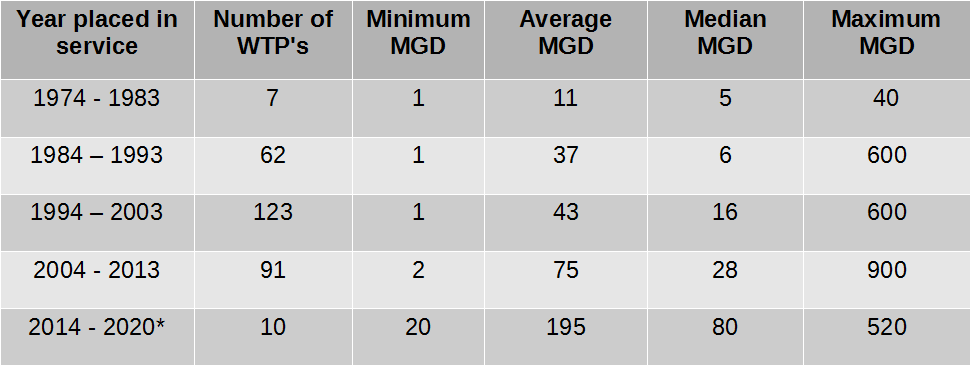Conservation is a big topic in todays era, and the water industrial solutions should address this and ensure power savings are part of the solutions provided. The solutions provided should have a balance between CAPEX and OPEX costs.
Ozone generation is impossible without power and power consumption. High voltage power is used to split oxygen, producing ozone. During the ozone production, power is also used to produce chilled water to cool the ozone electrodes as well as injecting ozone during the process. Power is also used to destroy any unused ozone. Therefore, because the production and implementation of ozone take so much power, it is important to consider this when looking for a design where power required is minimized. How do we do it?
Ozone Generators
Today the prime consideration of selecting an ozone generator is its energy efficiency.
Ozone production consumes in power two ways:
1. Production of ozone
2. Requirement of chilled water to cool ozone electrodes
The normal power requirements for ozone production is around 10 W per grams of ozone for ozone produce from oxygen, and around 18 W per grams of ozone for ozone produced from air. The most energy efficient ozone system today, produces ozone from oxygen at less than 8 W per gram of ozone.
Most ozone generators require chilled water between 12-20 degrees because the electrodes need to be chilled during the process in order to keep the generator from damage. The production of ozone generates heat, which damages the electrodes as well as destroys some ozone produced. Producing chilled water requires power and energy for the closed loop chiller. The most energy efficient ozone generators can now produce ozone with cooling water temperature as high as 35 degrees Celsius, requiring just a closed loop heat exchanger instead of a chiller.
The choice of air or oxygen depends on the application and the correct air-liquid ratio when diffusers are used for ozone contacting. Both air and oxygen preparation can be costly in different terms. Air preparation is costly in terms of OPEX, whereas oxygen preparation is costly in terms of CAPEX. The application will determine whether it should be air feed or oxygen feed. The wrong choice will compromise the efficacy of the system.
Diffusers or Injectors
Using an air feed and injection system requires a lot of energy because large injection systems are needed for handling large volumes of gas. Diffusers are typically preferred if the volumes of water are large because no energy is required and efficacy depends on the air liquid ratio in the ozone contactor. In injection systems choices of the correct injectors and energy efficient pumps can reduce OPEX costs.

